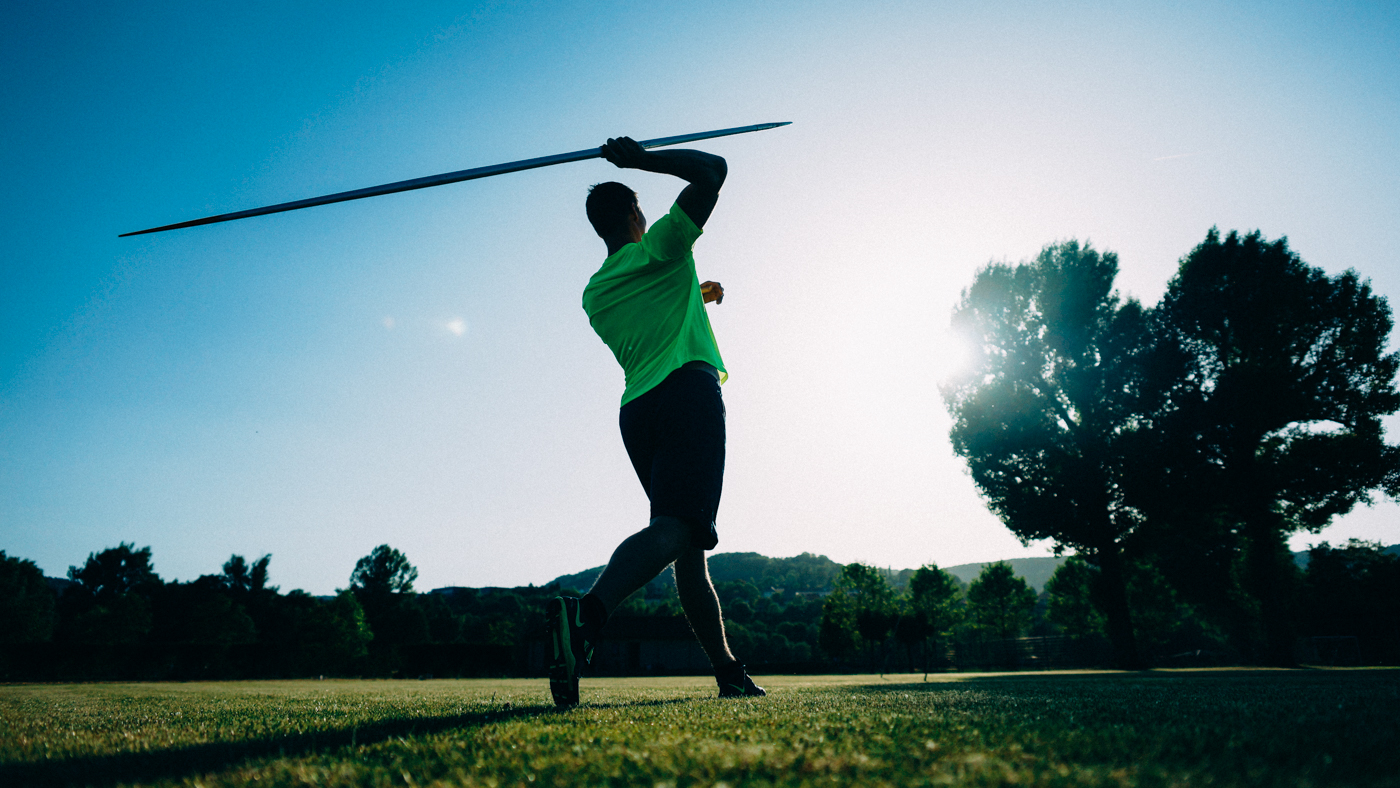The javelin throw, one of the oldest and most spectacular disciplines of athletics. The article points out the history, origin, technique, rules
and other basic aspects of javelin throwing.
History of the javelin throw
The spears where mostly made of slender, straight spruce trunks and have dimensions between 1.80 m and 2.50 m. They are very carefully crafted and testify to a high level of technological expertise. Also tradition of experienced craftsmanship. It is very interesting that, like today’s competition javelins, they had the largest diameter and therefore the center of gravity in the front third of the shaft.
In terms of throwing properties, including the parable, the Schoeninger wooden javelins are equal to modern competition spears. During tests, athletes were able to throw true-to-life replicas up to 70 meters.
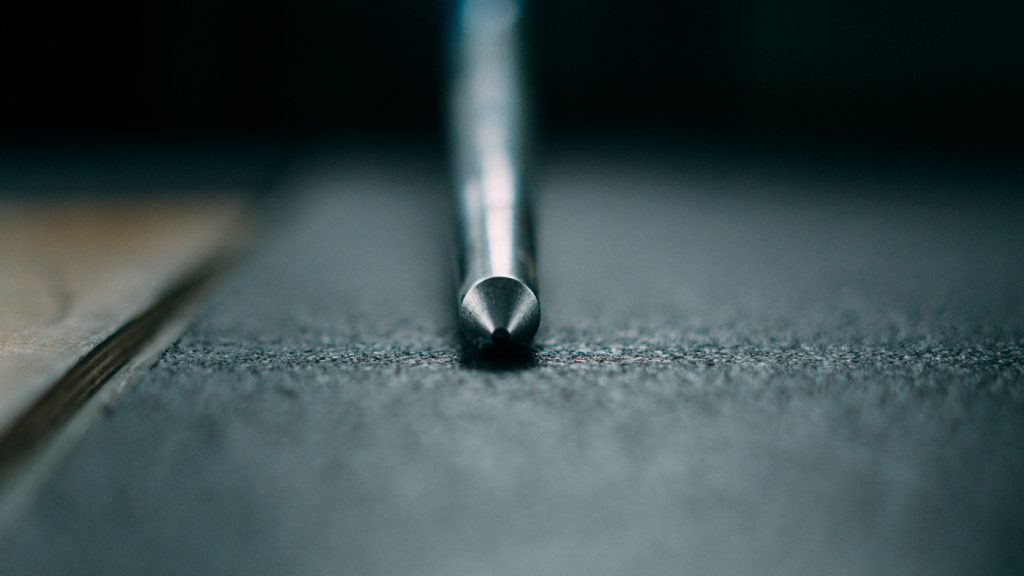
Javelin becomes an olympic event
People say, that already Herakles has been a good javelin thrower. But not only in Greek mythology but already 708 BC there was javelin throw as an Olympic discipline. The pentathlon of antiquity included the javelin throw. It was played in the partial disciplines of the long-distance and the target. Adding discus throwing, running, wrestling and jumping.
Especially in Scandinavia, people received the javelin throw very well in the 18th century. For the Finns, javelin became a national symbol of the independence of their people.
In 1906, the javelin throw returned to the Olympic Games and staged in Athens. Ie at historic site, again as a men’s discipline in freestyle. At the beginning of the 20th century the training of coordination was in the foreground, because 1912 javelin was executed with the right and left arm and added both results. In Los Angeles in 1932, then the ladies were able to intervene in the Olympic events.
The development of the javelins
At the time when the javelin throw was used to hunt food, one used locally available wood, such as spruce or fir as building material fort spears. Sharpened stone was used as the tip, which was later replaced by metals.
At the beginning of the present era, the Greeks already used olive wood for their spears. A kind of slingshot, the Ankyle supported the javelin thrower at that time. Athletes wounded this leather cord several times around the javelin. Then a loop was placed and the fingers were hooked. A swirl, created by the unwinding of the line during the launch, improved the flight characteristics of the javelin.
For competition javelins, olive wood was used until the 18th century. In the late 1700s Hickory became the base material, the spear was stretched and the 400-gram spears erupted to 800 grams.
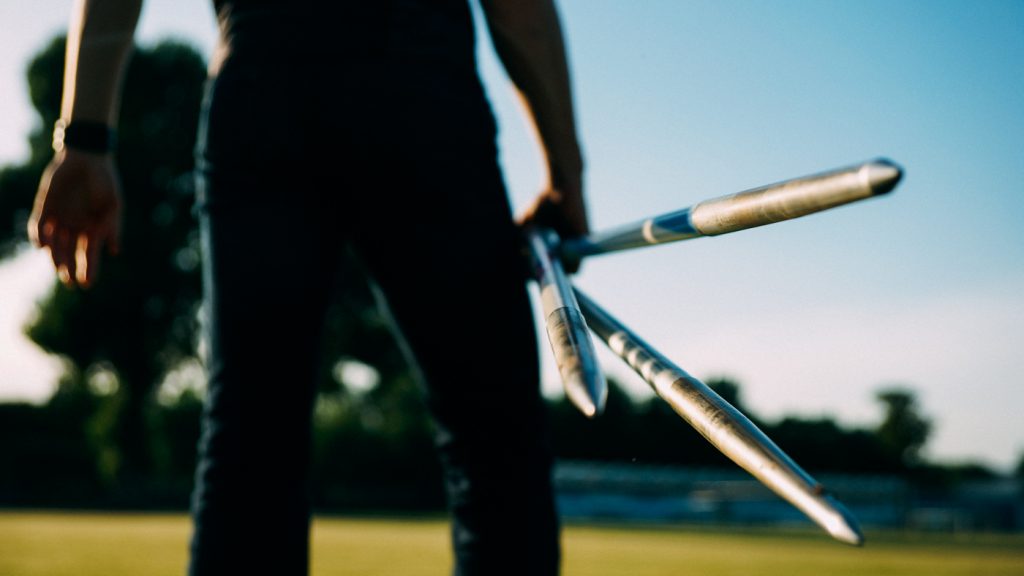
Today’s javelins for competition use
Today’s competition javelin throwing implements are made of different metals, carbon or combinations of these materials. The javelin length is 2,60m to 2,70m for the men, 2,20m to 2,30m for the women. The metal tip of all javelins is between 25 cm and 33 cm long. Spears rejuvenate on both sides. In the grip zone, in the center of the spear, there is a textile wrap whose diameter must not exceed the javelins diameter at the thickest point of the shaft 25 mm -30 mm plus 8mm for the winding of the male category javelins. (Ladies javelin: 20 mm -25 mm plus 8 mm)
Technique of the javelin throw
The inventor of the modern javelin throwing technique is Eric Lemming from Sweden. From 1900 to 1912 he participated in various Olympic Games and won several gold in freestyle javelin and 1912 in the javelin throw. Eric Lemming is also the start for the javelin throwing in Germany, because he demonstrated the technique in 1906 at the Swedish meeting of the Berlin sports club 1899 Komet.
Other forms of competition used were the addition of right and left style throws, as well as a kind of twisting technique with the Spaniard Félix Erausquin scoring 100m in the 50s. Today, the javelin must be centered and thrown with one hand, without rotation, and the tip must hit the sector first.
Javelin throw is one of the most technically demanding disciplines of athletics. In contrast to the shot put or discus throw, the throwing technique consists of the phases:
- Cyclic part
- Acyclic part
- Main acceleration phase with release
- Amortization
Technical aspects of javelin throwing
The event requires extremely versatile training, which does not just include throwing exercises. In addition to throwing exercises in the stand, target throwing, the learning of throwing equipment, arc tension and blockleg action the improvement of the strength, speed, coordination ability and the entire throwing dynamics is a precondition for high release speeds. Release angle, tilting of the spear, wind direction and speed and many other parameters have a decisive influence on the asymmetrical flight of the long throwing implement. More detailed info is given in the article on javelin biomechanics. Sounds complicated, it is too. The “flight of a spear” over 85 meters is therefore one of the outstanding highlights of an athletics event.
Competition rules in the javelin throw
In addition to the prescribed dimensions of the javelin the center of gravity is particularly crucial. Redrafted in 1986, after repeated discussions and problems with the measurement of the throwing distance, as the old spears did not sink sufficiently and did not leave a clear impression. Because of the achievement of throwing distances beyond the 100 meters border, the center of gravity of the javelins shifts for 800 grams from 900 mm to 1060 mm from the tip. In the 600 gram women’s javelin 800 mm to 920 mm from tip. Judges check the measurements before the start of every competition.
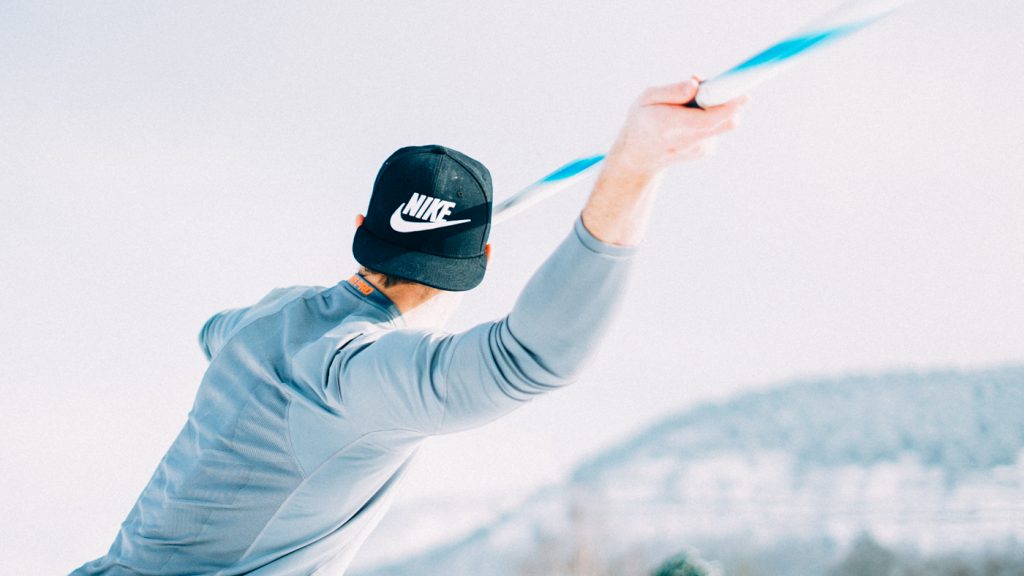
The throwing area is a circular sector with an opening angle of 28.96 degrees and a length of at least 95 meters. A four meter long, arcuate throwing line, which is 7 cm wide, limits the approach. The thrower may not touch or exceed this throw-off line. Throwers may exit the 4-meter-wide approach when the tip hit the sector, otherwise the throw is invalid. The tip must touch the ground in front of all other parts of the javelin, otherwise a likewise throw is invalid.
Process in competition
In the competition, three throws are first completed in the pre-competition order of the athletes. The top eight athletes after the third attempt have three more attempts and then determine the place 1 to 8.
Not to forget the heptathlon and the decathlon. Also in these disciplines the javelin throw is part of the program. The only difference to the javelin throw is the number of attempts, which in the multi events limits to three attempts. All detailed and updated rules can be found at the IAAF website.
Historical performance development
At the beginning of the 20th century, the javelin throw was determined by Scandinavians. Eric Lemming set the first official record at 49.32 m and dominated the development in the early years. Its 62.32 m from the year 1912 had 7 years inventory.
In the fifties, the technological development of the spears especially made for long-distance jumps. For example, the aluminum hollow spear of the American Franklin Held, who was the first to throw over 80 m in 1953, led to rule changes.
And again it was a Scandinavian who cracked the 90-meter mark with 91.72 m in 1964. Born in 1943, 1.92m tall Terje Pedersen made the world record in Oslo in an international match Norway – Czechoslovakia.
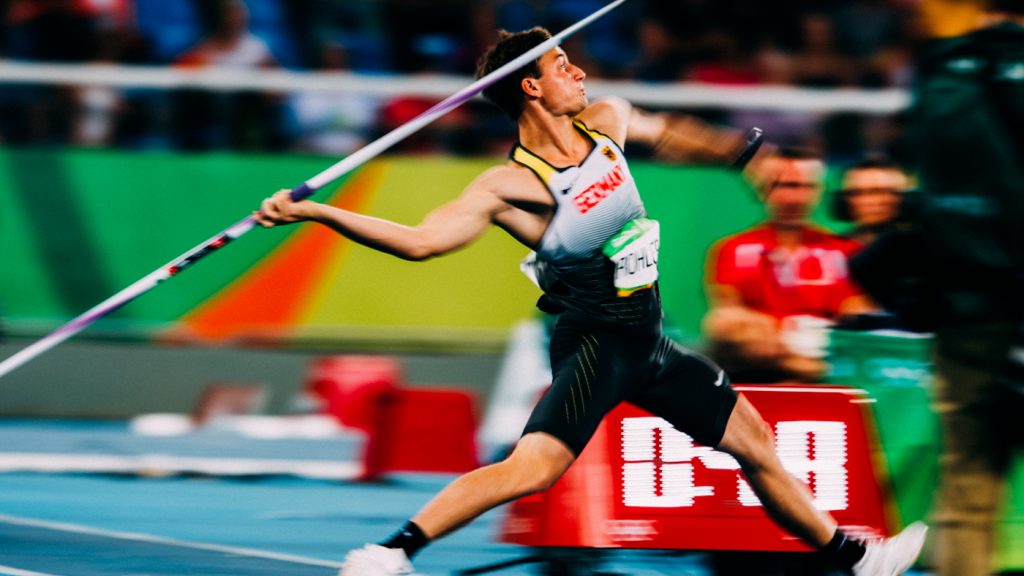
Close to 100m
More and more the 100 m came within reach of the world’s best athletes. But only in 1973 the German Klaus Wolfermann threw 94,08m. In the 80s, the Hungarians Miklos Nemeth and Ferenc Paragi were able to further develop the world record to the sound barrier 100 m. Nemeth today is even a developer of high quality javelins and still supports the world’s best throwers.
But then came the 24.07.1984, Olympic day in Berlin. Uwe Hohn from the former GDR hammered the throwing implement at a sensational 104.80 m. The model athlete, born in 1962, did not stand the chance of winning an Olympic medal due to the Olympic boycott of some socialist nations in 1984, as he had to retire in 1986 after many injuries. After this century of throwing the International Association decided a shift of the center of gravity forward. This rule came into force in 1986.
Current records
With 87.66 m Jan Železný was the first record holder with the still valid competition spear. Železný threw in his career a total of four new world records. After Patrik Bodén and Steve Backley were world record holders in the meantime, he set a new record in Saint Petersburg in 1993 (95.54 m), which he improved to 95.66 m in Sheffield a few months later. On May 25, 1996, he succeeded in Jena the still valid world record of 98.48 meters.
Sources:
Hartmut Thieme: Altpaläolithische Holzgeräte aus Schöningen, Lkr. Helmstedt. Bedeutsame Funde zur Kulturentwicklung des frühen Menschen. In: Germania 77, 1999
http://www.olympia-lexikon.de/Eric_Lemming
IAAF Competition Rules
Lothar Hinz: Wurf und Stoss, Sportverlag Berlin 1991
